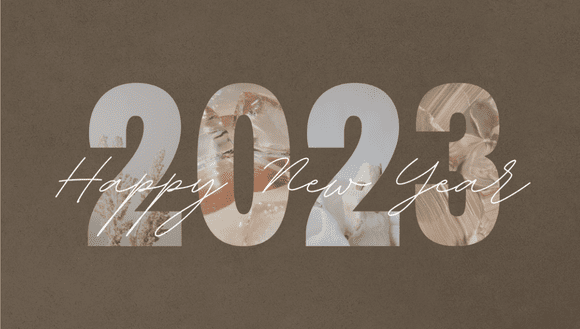
Recently, we discussed Digital Trends to look out in 2020, in today’s blog post we will focus on the Consumer Trends for 2020. Over the years, many predictions have been made about the technical innovations and trends that we will witness in 2020.
>Share this post<
by Irina Ciutaco
February 27, 2020
Recently, we discussed Digital Trends to look out in 2020, in today’s blog post we will focus on the Consumer Trends for 2020. Over the years, many predictions have been made about the technical innovations and trends that we will witness in 2020.
Even though some of them seemed very ambitious at the time, today, they are much more likely concepts.
It is no secret that we are in a complex and transformative world and technology will continue to influence every part of our lives. In a world of continuous connectivity, thriving tech-induced anxiety does not come as a surprise. Technology is a double-edged sword – a positive and a negative one – and we will focus on this topic in today’s blog post.
Even though some of them seemed very ambitious at the time, today, they are much more likely concepts.
It is no secret that we are in a complex and transformative world and technology will continue to influence every part of our lives. In a world of continuous connectivity, thriving tech-induced anxiety does not come as a surprise. Technology is a double-edged sword – a positive and a negative one – and we will focus on this topic in today’s blog post.
Online doctor’s appointments
Making online medical appointments has become very common. The future of healthcare is changing with the appearance of new technologies such as Artificial Intelligence, telehealth and robotics. According to the World Health Organisation, global healthcare spending has reached $7.5 trillion in 2016, which is 10% of global gross domestic product.Technology has the potential to redefine the healthcare system, by offering greater preventive and precise care, an enhanced patient experience.
Did you know that 70% of internet users in the U.S. and the UK believe technology will play a key role in managing their health in the near future?
The digital experience is in a continuous revolution, as consumers are now expecting the same digital experience in all areas of their lives. Since we are making purchases online or using our mobile phones to do banking activities, healthcare shouldn’t be any different.
A global research reveals that 35% of consumers are using the Internet to check out health issues and products, jumping to 42% for users who are aged 55-64, for whom a focus in health becomes more crucial.
The Internet plays an important role in healthcare research and education, as 66% of 55-64 years old people depend on online medicine recommendations.
Telehealth will be one of the most exciting developments in healthcare in 2020. Half of the US and UK consumers say the ability to consult with a doctor by phone/video call instead of in-person would help them manage their healthcare in a more effective way.
Digital health services speed up the process to get an appointment or spend hours in a waiting room.
Having the possibility of communicating with doctors online is just one part of the solution.
7 in 10 consumers are happy to have their health data made accessible through their smartphone. Having a cloud-based, centralized and secure electronic health record would be key in helping consumers to engage in their wellbeing and it provides reassurance and ownership.
AI is meant to change the healthcare landscape in areas like diagnoses in an early stage, automatization of tasks, development of new medicines and precision surgery.
One of the most important and exciting applications of AI is machine and deep learning, which are able to analyze enormous amounts of data, learn from it and make new predictions.
You can discover more on artificial intelligence in this blog post.
2. The reinvention of retail
Many articles and analyses predict that a ‘’ Retail Apocalypse’’ will breakthrough in 2020, as eCommerce continues to access consumer lives at scale. Coresight Research has reported almost 9,000 closed stores this year across the US and UK. While some are striving to extract the value from their shops, others understand that certain elements of shopping cannot be replicated digitally.
eCommerce growth and the rise of Amazon and eBay have diminished the traditional shopping as we used to know it. Its growth has had an impact on the physical retail. A survey of UK and US consumers showed that 73% still prefer to shop for clothes and accessories in-store. The fact that this figure doesn’t fall below 70% clarifies that offline fashion has a cross-demographic appeal.
Shopping for clothes is a social and emotional experience, as consumers want to try the products that they are buying, the reason why they are coming back.
For example, 70% of fashion buyers shop for clothes in the stores because they can try the products and 63% do so because they can touch and feel the products.
Another trend that was predicted for 2020 was augmented reality.AR is an interesting and underdeveloped integration, which allows consumers to virtually ‘’try on’’ products without the need to visit the stores. Brands like ASOS and GOAT have already developed different ‘’try-on’’ AR features.
3. Reviving the physical footprint with direct-to-consumer
Direct to consumer (DTC) brands like Everlane, Allbirds and Rothy’s are moving away from pure-play digital offerings. Le Tote is personalised clothing and rented fashion company and a good example to showcase direct consumer behaviour.In August 2019, the company purchased Lord & Taylor, New York’s oldest department store, for $100 million. Le Tote is acquiring 38 stores, with the intention of tripling that number in the next two or three years, giving the brand inventory and a new way to connect with the consumer.
As a conclusion to this point, physical retail is going through a rapid metamorphosis, but 2020 will not see an ‘’apocalypse’’- as long as consumer concern is at stake. By checking what is most craved by the consumers, we can discover a retail rebirth. Technology will be a part of this, but it has to become a part of a renewed focus on what is distinct and emotional about shopping, a grasp of different retail experiences and a different way to go from online to offline.
Omnichannel is the way of providing your customers more options as in more channels through which they can shop, different ways that they can have their orders fulfilled and more options in which they can return items. In case you want to know more information on omnichannel, check here.
Moreover, omnichannel is the sum of all these options and channels synchronized in order to provide a complete customer experience, no matter what they are shopping.
A good example, in this case, are the customer loyalty cards, where a client comes to a physical store, buys an item and accumulates points on their loyalty card. Butlers Chocolates, one of the most known Kooomo websites, has recently implemented this feature and thanks to it – customers sign up online and accumulate points.
Physical retail as we know it, is undergoing rapid transformation, but 2020 isn’t likely to see a catastrophe– at least as far as consumer interest is concerned. By tapping into what’s most desired among consumers, we could see a retail renaissance. Technology will be a part of this, but it has to come as part of a renewed focus on what’s tangible and emotional about shopping, an embracing of immersive retail experiences, and a reinvention of online-to-offline.
More to explore
Here’s an overview of the latest improvements that are now available in the Kooomo platform.
In the next few years, we are foreseeing an impressive increase for the global retail industry. While this can be beneficial for the global eCommerce industry, it also means that there will be more competition, as well.

 en
en 

